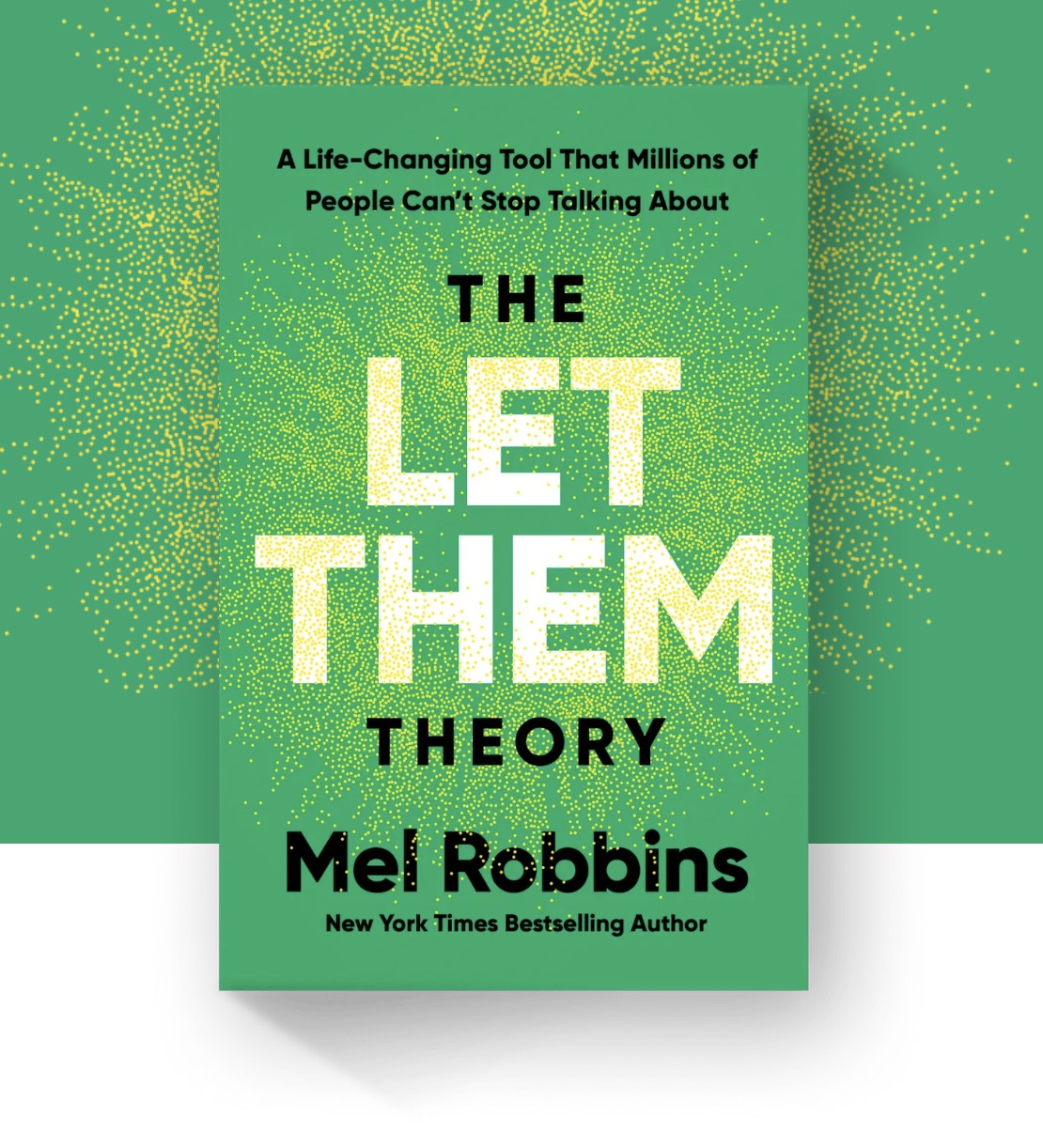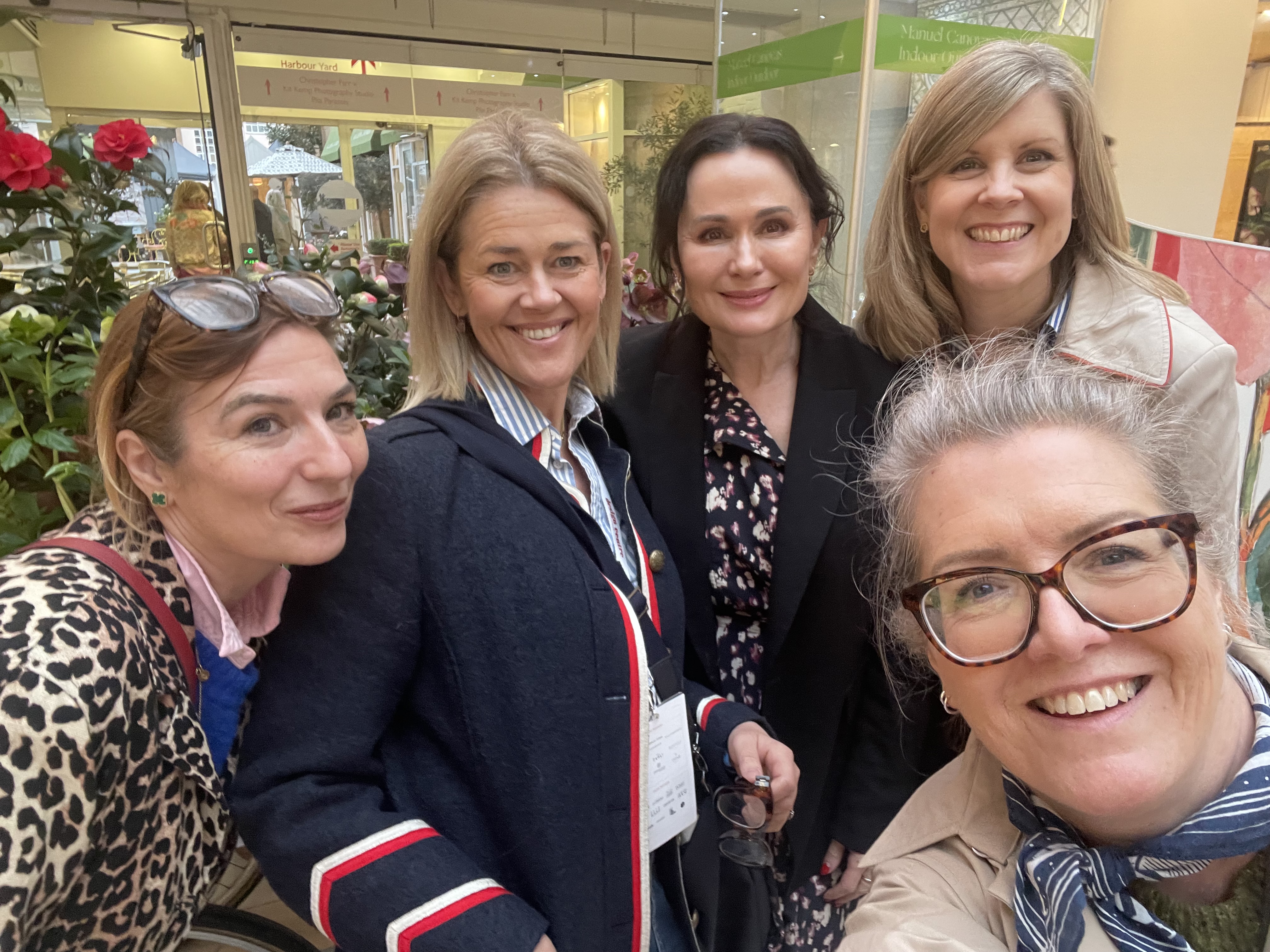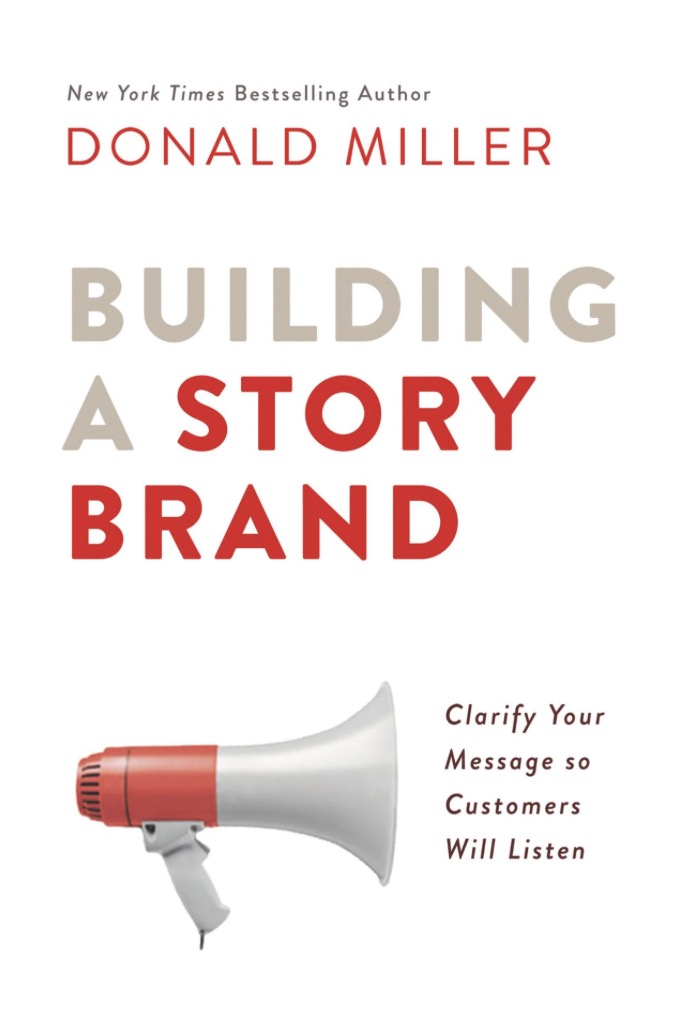
Storytelling and the Theatre of the Design Presentation
Mar 15, 2025Regular readers know my views on the importance of personal branding for interior designers, I wrote about it in this blog, and I'll be coming back to it as a point of focus soon.
As you step up to become an ambassador for your brand, developing your powers of persuasion is critical, and a couple of events in the past week have highlighted the importance of storytelling as an intrinsic part of a successful design presentation...or, as I’d like to rename it here, design performance.
 Example One: This week, I started listening to Let Them by Mel Robbins and was struck by how deliberately she lingers on the origin of her core concept. The story she tells - both emotional and deeply relatable - sets the stage, drawing us in before the big reveal. She doesn’t rush; she builds anticipation, making us feel the weight of the idea before fully explaining it.
Example One: This week, I started listening to Let Them by Mel Robbins and was struck by how deliberately she lingers on the origin of her core concept. The story she tells - both emotional and deeply relatable - sets the stage, drawing us in before the big reveal. She doesn’t rush; she builds anticipation, making us feel the weight of the idea before fully explaining it.
And why not? When a book hinges on a single transformative concept, it deserves a proper introduction. A rushed reveal would only diminish its impact.
The same applies to interior design: Your clients are making a significant investment, placing their trust in you to shape spaces that matter to them. That process deserves more than a dry, transactional approach: it calls for storytelling, emotional framing, and a sense of occasion. After all, to your clients, this isn’t just a project; it’s a moment in their lives.
Designers as Performers: Leaning In To Personal Branding

Example Two: The second event that inspired this post happened as I met with a group of Bootcamp graduates for Design Week in the Design Centre Chelsea Harbour.
As they laughed over tales from the front line of interior design practice, recounting recent client presentations, it struck me that - despite how different each of these designers is, how distinct their values and personalities are - each of them is a highly polished performer.
The thrill of a live performance is part of what makes them indispensable to their clients. We talked about the subtle (and not-so-subtle) ways designers captivate their audience, the techniques they use to heighten anticipation, command attention, and make their work feel essential, feel valuable. Within the structure of their individual brands, there is always an element of theatre, whether restrained or bold. And that, ultimately, is what makes them successful: they have all mastered the art of storytelling as persuasion.
Being a Performer, And Why Personal Branding Needs to Be ‘Louder’ Than Life
This is a slight diversion, but storytelling as part of the design performance is made even more powerful when the presenter is a designer with star quality - someone with a well-defined and compelling personal brand.
A personal brand is not the same as a personality. A brand is an amplified, distilled version of yourself, heightened for clarity and impact. Even if your personal brand is only mildly concentrated, you achieve superhuman impact by staying ‘in role’ all the time you are being observed, even when you least feel like it. Don’t let the mask slip - decide how much 'real you' will show through, and defend these boundaries in posts, reels, and stories, and face-to-face with clients. It doesn't hurt to show your vulnerabilty from time-to-time, but you should never be fallible!
Think of it like aeroplane food: at high altitudes, our taste perception is dulled, so dishes must be more intensely flavoured to register as delicious.
Similarly, a designer’s persona must be more defined, distinct, and memorable than an ordinary human being’s because:
1. Social media removes depth, so your presence must be strong enough to cut through the noise.
2. Clients want to feel they are investing in someone extraordinary; not just competent, but exceptional.
3. Design is theatre, and theatre needs performance, not just explanation.
Your personal brand should not just be “nice” or “interesting”, it should be unmistakable.
So, as you prepare to perform for your clients, how do you go about crafting a Mel-Robbins-esque creation story, engaging your clients in the moment, carrying them with you, and building tension towards the denouement and big reveal?
Storytelling: When to be Brief & When to Revel in Detail
One of the biggest fears professionals have about storytelling is the dreaded risk of rambling, or worse: be boring. But good storytelling isn’t about length; it’s about pacing.
Mel Robbins, when introducing her book Let Them, took her time over the backstory of how she discovered the principle. She didn’t rush, she savoured the details. And that’s what made it memorable.
So, when should you linger in a story, and when should you get to the point?
Revel in Details When:
✅ You’re building anticipation, like describing the evolution of finished space - the aha moments along the way.
✅ You’re helping the client emotionally connect with the design vision.
✅ You’re setting up a key moment in your sales pitch.
Keep it Brief When:
🚫 You’re explaining logistics (clients don’t need a novel about lead times).
🚫 You’re answering direct questions (succinct responses build credibility).
🚫 You sense restlessness - pivot if a client is nodding but not engaging.
A great storyteller reads the room. If your client is leaning in, you’re doing it right. If their attention is drifting, it’s time to tighten the narrative.
Do you know someone who is a brilliant storyteller? Watch them critically and study their methods. Great orators have similar skills - take in a few TED Talks and learn how presenters snare audience attention, or watch Barack Obama at the podium and marvel at the length of the dramatic pauses he uses as tension-producing punctuation.
In my experience as a design teacher (regularly having worked with students in the weeks or months running up to their project presentation) every now and then I’ve been astonished by a student who I know has done... let's call it less than minimal prep, but who on presentation day bewitches the audience, weaving a spellbinding story that intoxicates and converts them, even though there is literally NOTHING THERE!
So, add 'develop my storytelling skills' to your personal development plan: storytelling skills are definitely worth the effort in acquiring.
How to Make Your Storytelling Persuasive (Without Being Self-Indulgent)
The key to compelling storytelling is relevance. The best stories aren’t about the designer; they’re about the client’s transformation.
To ensure your storytelling isn’t self-indulgent:
1. Frame it Around the Client – Instead of “I love this material,” say, “You’ll love how this material ages beautifully over time.”
2. Use Vivid Language – Appeal to all the senses: talk about textures, light, atmosphere.
3. Show, Don’t Tell – Use real-world examples and case studies instead of vague claims.
A great test is to ask: Would this story still make sense if I removed myself from it? If the answer is no, it might need reshaping.
Storytelling in the Theatre of Design Presentations

Donald Miller’s book Building a StoryBrand offers a powerful framework for business storytelling, rooted in the idea that your client is the hero of the story, and you are the guide.
Drawing on classic storytelling principles, Miller explains that clients aren’t looking for a designer who simply showcases their own talent, they want someone who understands their challenges and leads them to success. By framing your messaging around the client’s journey (rather than your own) you create a more compelling, client-centric brand narrative. In interior design, this means positioning yourself as the trusted expert who helps clients navigate decisions, overcome doubts, and ultimately achieve their dream home.
At the heart of every great interior design presentation is the client’s original brief - the foundation upon which the entire project is built. It is the keystone of the design journey, not just because it sets the scope, but because it holds emotional weight for the client.
By skillfully referring back to the brief throughout the presentation, designers can:
✅ Demonstrate deep listening - showing that the client’s needs have been truly understood.
✅ Create a sense of satisfaction - revealing how every desire and concern has been addressed.
✅ Make the design feel inevitable - leading the client to the conclusion that this solution is the only one that makes perfect sense (and helping avoid indecision).
A well-crafted design presentation does more than just walk the client through selections, it takes them on a narrative journey, with the brief as the anchor point that ties everything together.
1. Setting the Stage: Positioning the Brief as the Emotional Anchor
At the beginning of the presentation, before revealing any design ideas, it’s powerful to restate the client’s original desires and concerns. This does two things:
• It reminds them of the journey they started, reinforcing the significance of the project.
• It sets up the resolution—priming them for the moment when they see their wishes fulfilled.
Example:
“When we first met, you told me that this house didn’t quite feel like ‘you’ - it had good bones, but you wanted a sense of cohesion, warmth, and character. You also mentioned that natural light was really important to you, but you didn’t want an ultra-modern look that felt at odds with the history of the space.”
By articulating their own words back to them, you immediately create an emotional connection - because they see their own thoughts reflected.
⸻
2. The Dramatic Tension: Highlighting Problems & Challenges
Every great story has tension before resolution. Before jumping into solutions, acknowledge the problems that needed solving.
In storytelling terms: If there’s no challenge, there’s no payoff. The hero’s journey isn’t compelling unless the hero had to overcome obstacles!
Example:
“One of the biggest challenges was creating that sense of flow, because the layout of the house naturally divided the spaces in a way that felt a little disjointed. On top of that, the kitchen lacked the softness and warmth you were craving, and the living space, while functional, didn’t yet feel like the inviting retreat you envisioned.”
⸻
3. The Big Reveal: Weaving Their Desires into the Design
When unveiling the design, each element should tie back to their original brief. Instead of just presenting choices, frame them as direct responses to the client’s needs and worries.
Example:
“To bring in that warmth you were looking for, we’ve introduced this soft, textural palette: natural timbers, subtle greens, and a touch of antique brass. The kitchen now connects seamlessly with the dining space, thanks to this reworked layout that maximises natural light, and we’ve incorporated hidden storage solutions to keep everything feeling effortlessly calm and uncluttered, just as you wanted.”
Final Thought: The Art of Bringing Clients Along for the Journey
A successful interior design presentation isn’t just about the technical details, it’s about orchestrating an experience that makes the client feel:
✨ Heard
✨ Understood
✨ Excited
✨ Confident in the outcome
By treating the original brief as the keystone, referring back to it at strategic points, and using the theatre of storytelling to guide the reveal, designers can create presentations that don’t just showcase a design, but make it feel like the only possible, perfect answer.
Where to Integrate Storytelling in Your Work:
- Your Website Bio: Share a compelling origin story that connects with your ideal clients.
- Client Presentations: Frame each design as part of their journey, not just a selection of choices.
- Social Media & Blogs: Use storytelling in captions and posts to bring your projects to life.
- Project Case Studies: Instead of just showing ‘before & after’ photos, narrate the transformation.
By integrating storytelling into every touchpoint, you don’t just build a brand, you build an experience, and design presentations aren’t just about selling a vision, they’re about making the client feel like they were part of creating it all along.
👉 If you're interested, you can read the introduction to Let Them here.
Stay connected with news and updates!
Join our mailing list to receive the latest news and updates from our team.
Don't worry, your information will not be shared.
We hate SPAM. We will never sell your information, for any reason.

